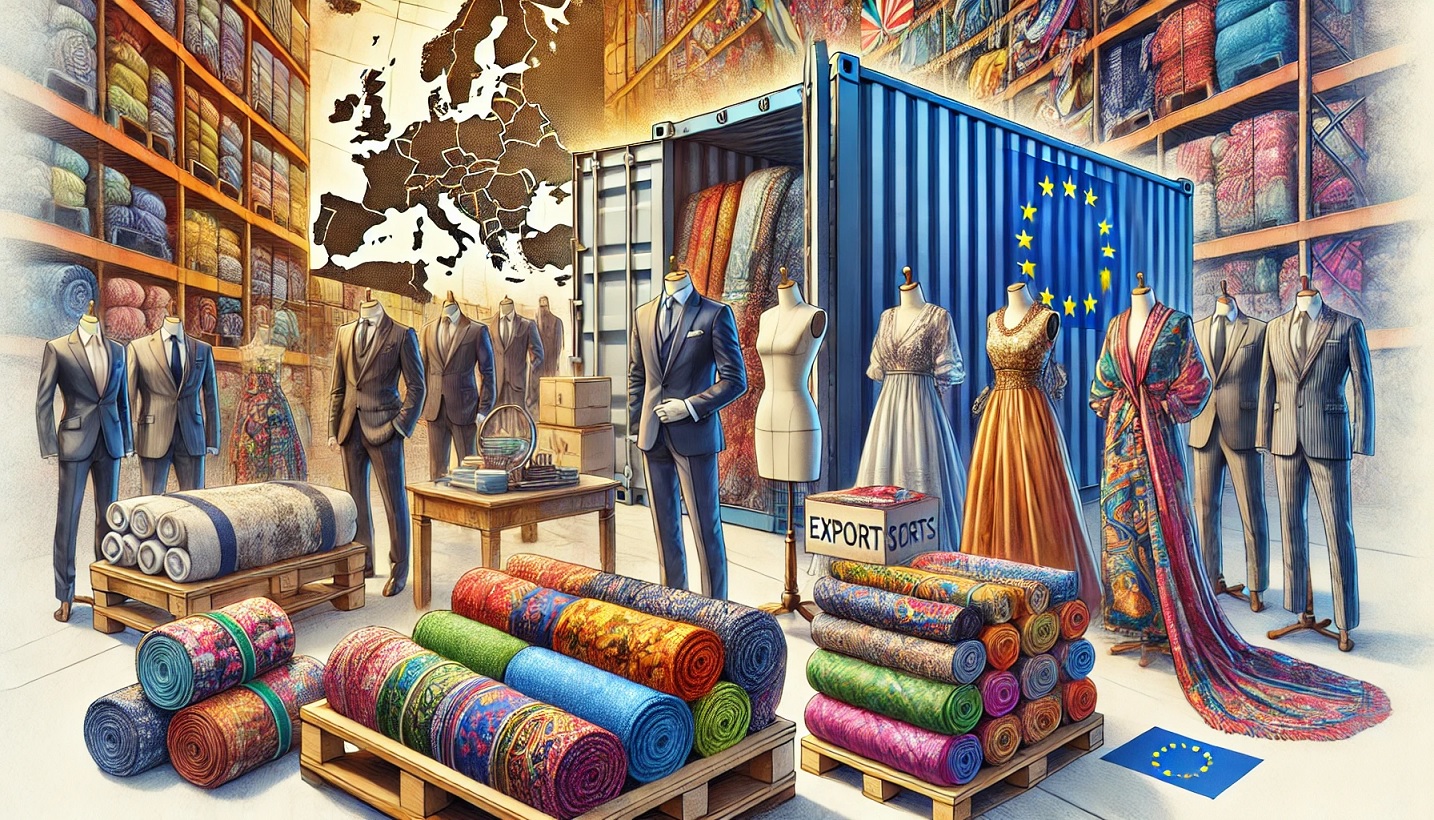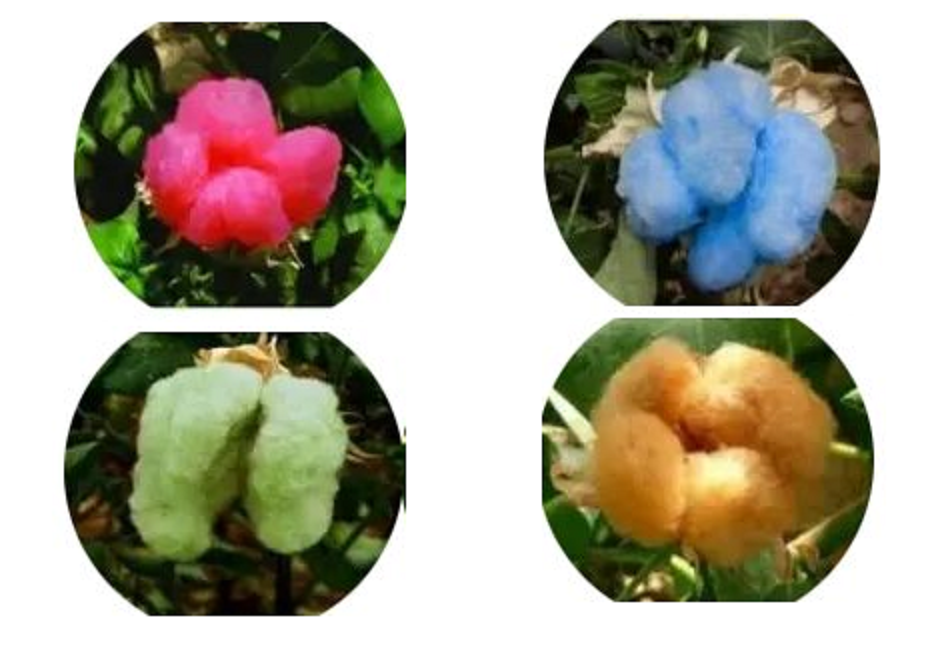Textile exports from Pakistan to European Union (EU) are vital component of Pak-EU trade. From 2019 to 2023, Pakistan solidified its position as a significant supplier of textiles and garments to the EU market. Here’s a closer look at the key trends and statistics shaping this trade.
Pakistan’s Textile and Clothing Exports to the EU27: A Multi-Billion Dollar Industry
In 2023, Pakistan exported textiles and clothing worth $6.23 billion to the EU27. This marked a notable recovery following fluctuations during the pandemic years. The largest categories driving these exports included:
- Home Textiles: Contributed $2.06 billion, dominating the export landscape.
- Knitted Garments: Reached $1.66 billion.
- Woven Garments: Accounted for $1.63 billion.
- Cotton Yarn and Fabrics: Contributed $715 million.
These categories collectively highlight Pakistan’s diverse and robust textile industry.
Key EU Destinations for Pakistani Textiles in 2023
Pakistani textile products were widely distributed across EU countries, with Germany, Spain, and the Netherlands being the leading importers. Here’s how the top destinations fared:
Home Textiles Exports
- Germany: $373.7 million
- Netherlands: $351.3 million
- Italy: $290 million
Knitted Garments Exports
- Spain: $430 million
- Netherlands: $361.4 million
- Germany: $333.5 million
Woven Garments Exports
- Spain: $432.6 million
- Netherlands: $311.3 million
- Germany: $304.6 million
Top-Exported Products
Knitted Garments
Key products included:
- Men’s and boys’ suits, trousers, and jackets: $348.3 million.
- Jerseys, pullovers, and cardigans: $266.9 million.
- Hosiery and socks: $209.8 million.
Woven Garments
- Men’s and boys’ suits and trousers led the category with $1.29 billion.
- Women’s dresses, skirts, and trousers accounted for $193.7 million.
The Role of Sustainability in Trade
As the EU emphasizes sustainable trade practices, Pakistan has responded by modernizing its textile sector. Investments in sustainable production techniques and compliance with global environmental standards are critical to maintaining its market share.
Conclusion
Pakistan’s textile and clothing trade with the EU is a story of resilience, growth, and opportunity. By continuing to diversify its product offerings and meeting global sustainability standards, Pakistan is well-positioned to strengthen its foothold in the lucrative EU market.
For businesses and policymakers, these insights serve as a roadmap to explore the untapped potential of this vital trade relationship.



